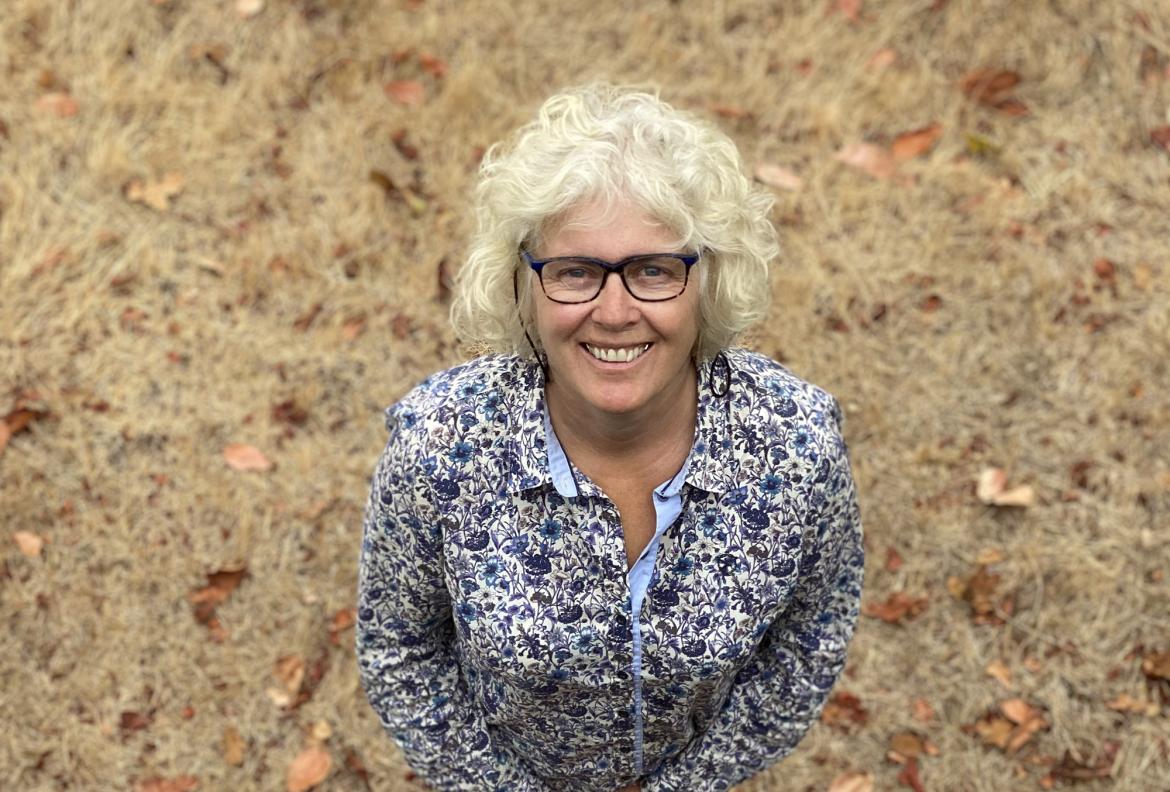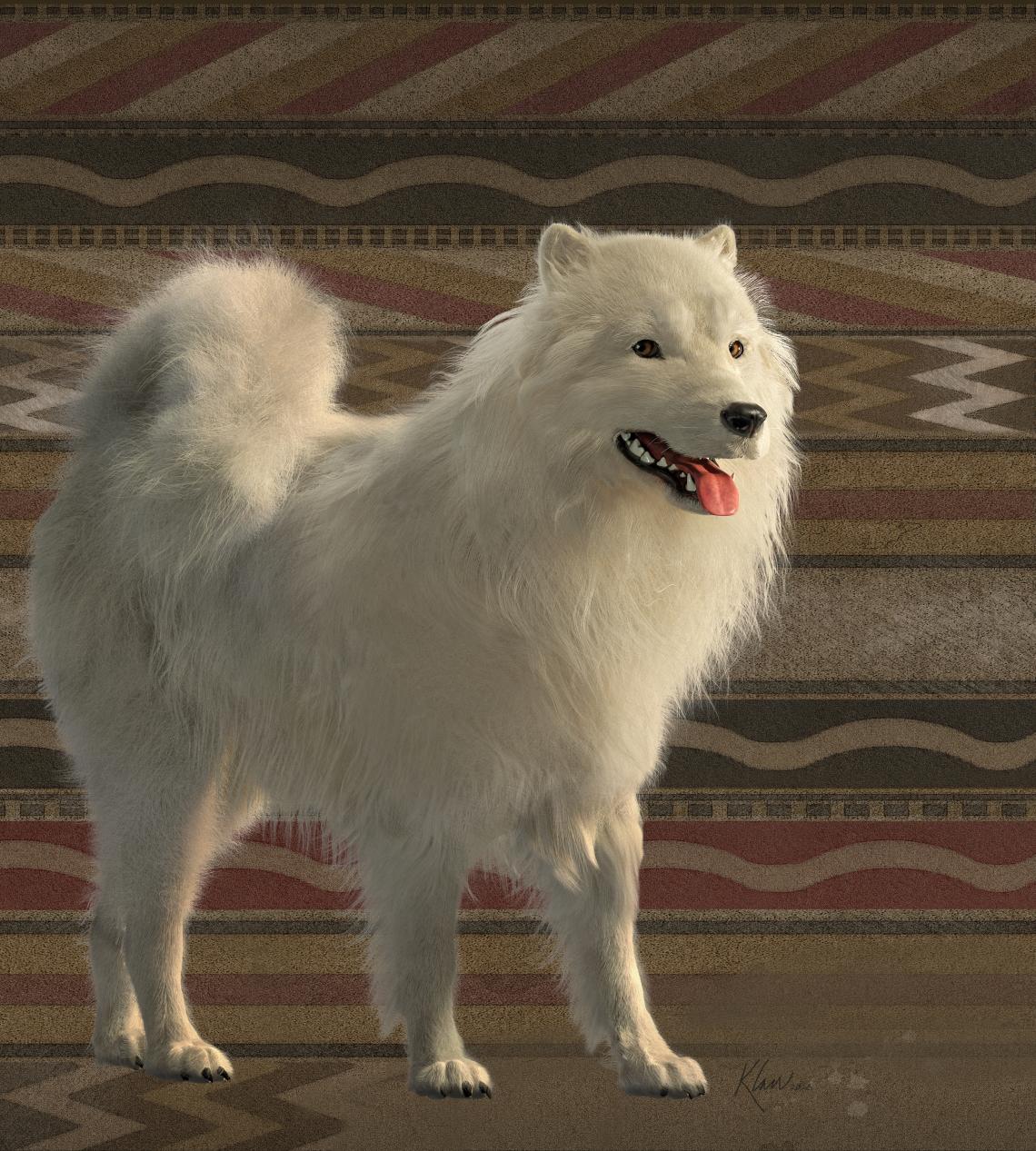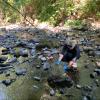
Liz Hammond-Kaarremaa, an Honorary Research Associate at VIU, is part of a team of researchers from the Smithsonian’s National Museum of Natural History that studied woolly dogs. Manu Ronse Photo
December 18, 2023 - 3:15pm
VIU honorary research associate part of Smithsonian study on woolly dogs published in the journal Science.
A study from researchers at the Smithsonian’s National Museum of Natural History (NMNH) sheds new light on the ancestry and genetics of woolly dogs. The now-extinct breed was a fixture of Indigenous Coast Salish communities for millennia.
The study was led by Audrey Lin, an Evolutionary Molecular Biologist, Logan Kistler, Curator of Archaeobotany and Archaeogenomics at the museum, and Liz Hammond-Kaarremaa, an Honorary Research Associate at Vancouver Island University (VIU) and NMNH. The findings were published on December 14 in the journal Science.
“I interviewed Coast Salish Knowledge Keepers, Elders, weavers and people with a knowledge of woolly dogs. I raise my hands to them. Their input and that of the Coast Salish advisory group helped shape this article and dispel colonial thinking about the demise of the dogs,” said Hammond-Kaarremaa. “Some of the interviewees and advisory group are co-authors, which is richly deserved as they helped guide the research.”
The researchers used the DNA of a woolly dog named Mutton, whose pelt has resided at the museum since 1859, to compare the dog’s genome to ancient and modern dogs to determine what set woolly dogs apart. While they couldn’t determine what caused the extinction, they did find it was most genetically similar to pre-colonial dogs from Newfoundland and British Columbia.

Full-body forensic reconstruction of a woolly dog based on a 160-year-old pelt in the Smithsonian’s collection as well as archaeological remains. Karen Carr Illustration.
The dogs were sheared like sheep and Coast Salish weavers used the wool to craft blankets and other woven items that served various ceremonial and spiritual purposes. According to the research, disease and colonial policies made it increasingly difficult or forbidden for Coast Salish communities to maintain their woolly dogs and contributed to the demise of the breed.
“By incorporating traditional knowledge, historical records, and genetic data, the cultural importance of these dogs and the role of colonialism in their loss are illuminated,” said Science Editor Corinne Simonti in the editorial summary. “This study joins the growing number attempting to incorporate Indigenous groups in historical studies.”
Hammond-Kaarremaa was Director of Research Services before she retired from VIU in 2015. She has a master’s in educational technology and holds a Master Spinners Certificate, which led her into researching Coast Salish spinning and textiles. Hammond-Kaarremaa has worked with various museums including the Royal BC Museum, the British Museum, the Pitt Rivers Museum in Oxford and the Burke Museum to help identify yarns, fibres, tools and techniques used to create the yarns. She was instrumental in identifying a rare blanket in the Burke Museum confirmed to be made of woolly dog hair.
Hammond-Kaarremaa held a Smithsonian research grant at VIU and was supported by the Scholarship, Research and Creative Activity Office.
Read the Smithsonian’s media release.
-30-
Media Contact:
Rachel Stern, Communications Officer, Vancouver Island University
C: 250.618.0373l E: Rachel.Stern@viu.ca | X: @VIUNews
Tags: Anthropology | Research






